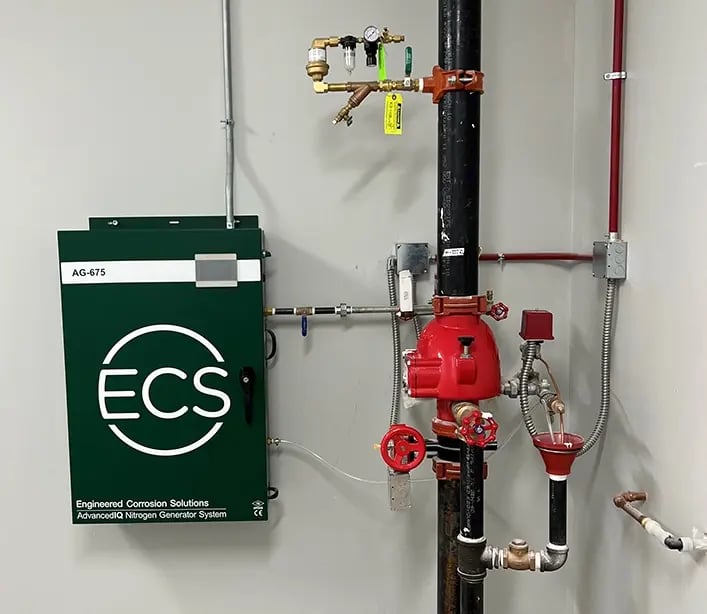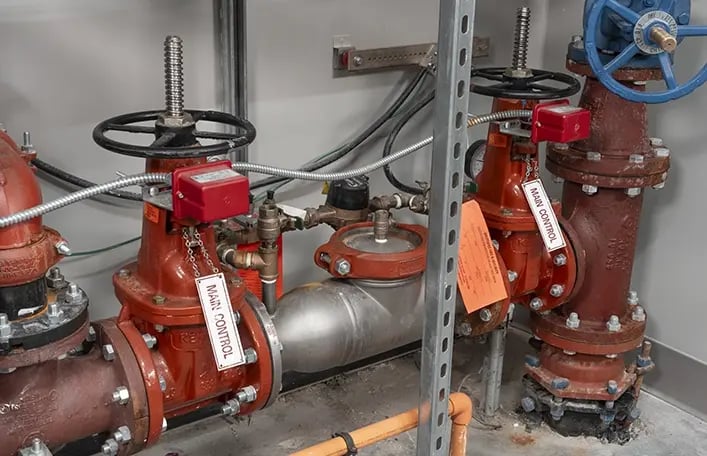Protection That Never Sleeps
24/7 Fire Sprinkler Protection When Every Second Counts.
Free yourself from the worry of aging fire sprinkler systems. With expertise in everything from corrosion prevention to backflow testing, we ensure your systems deliver reliable protection—while helping you avoid costly emergencies.

Prevent Costly
System Failures
Hidden corrosion threatens every fire sprinkler system. Take control with nitrogen-based prevention that stops pipe deterioration before it starts. You'll extend system life, prevent expensive repairs, and maintain reliable protection year after year. Learn more about our inspection services.
We offer fire sprinkler systems from reliable brands, like Reliable, VIKING SupplyNet, tyco, Victaulic, and Potter.


Ensure Reliable Water Flow
Your fire pumps and backflow preventers are crucial for system performance. We’ll schedule regular testing and maintenance to keep everything working perfectly. You'll meet code requirements while knowing your systems will perform when needed.

Choose the Right Protection
With unique spaces come varying fire sprinkler system needs. From wet pipe systems in heated spaces to dry pipe in parking garages, our solutions match each area's needs. You'll have the right protection everywhere, without risking freeze-ups or water damage.
- Wet Pipe
- Dry Pipe
- Pre-Action
- Deluge
- Special Hazard
Tell Us About Your Concerns
We'll help you develop a maintenance plan that protects your investment and ensures reliable performance.













